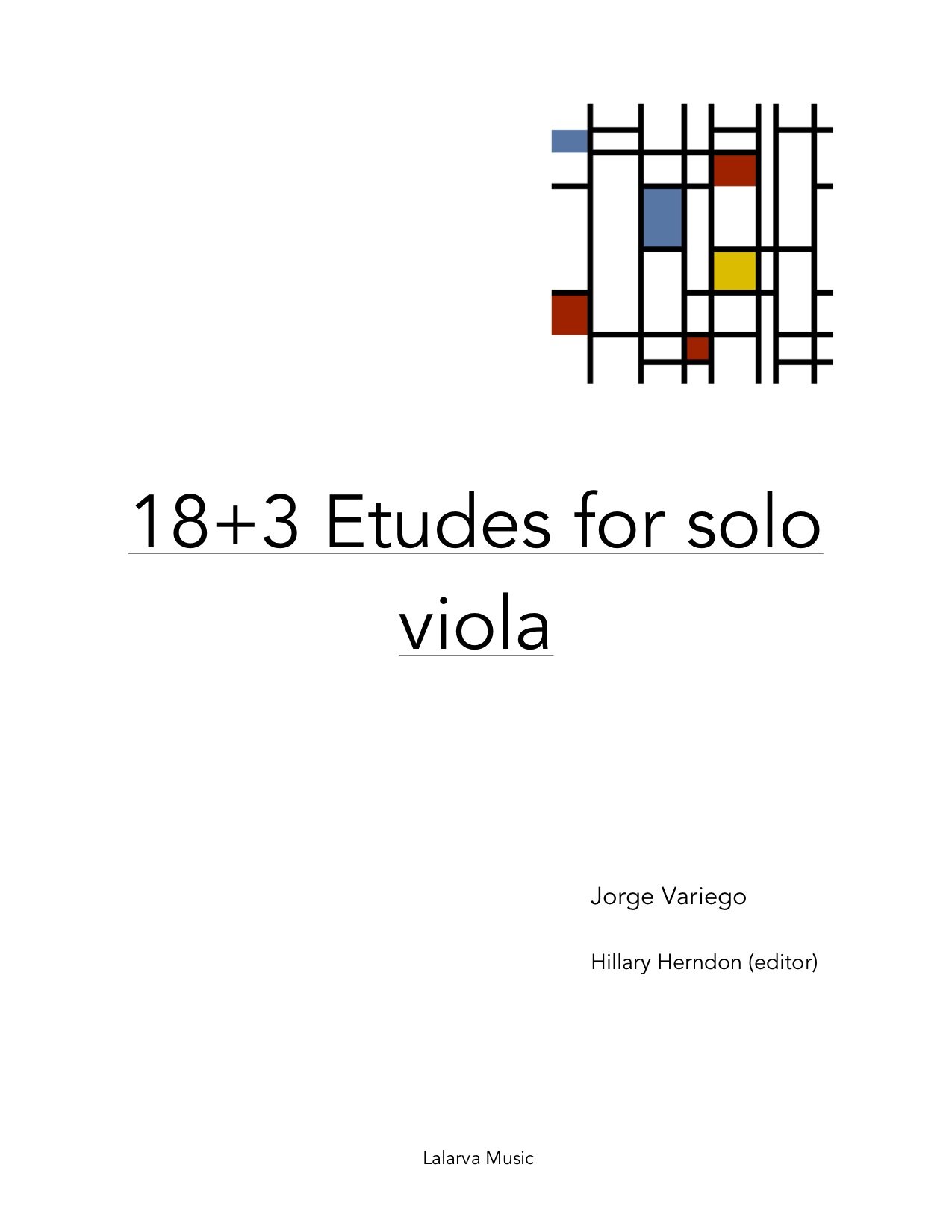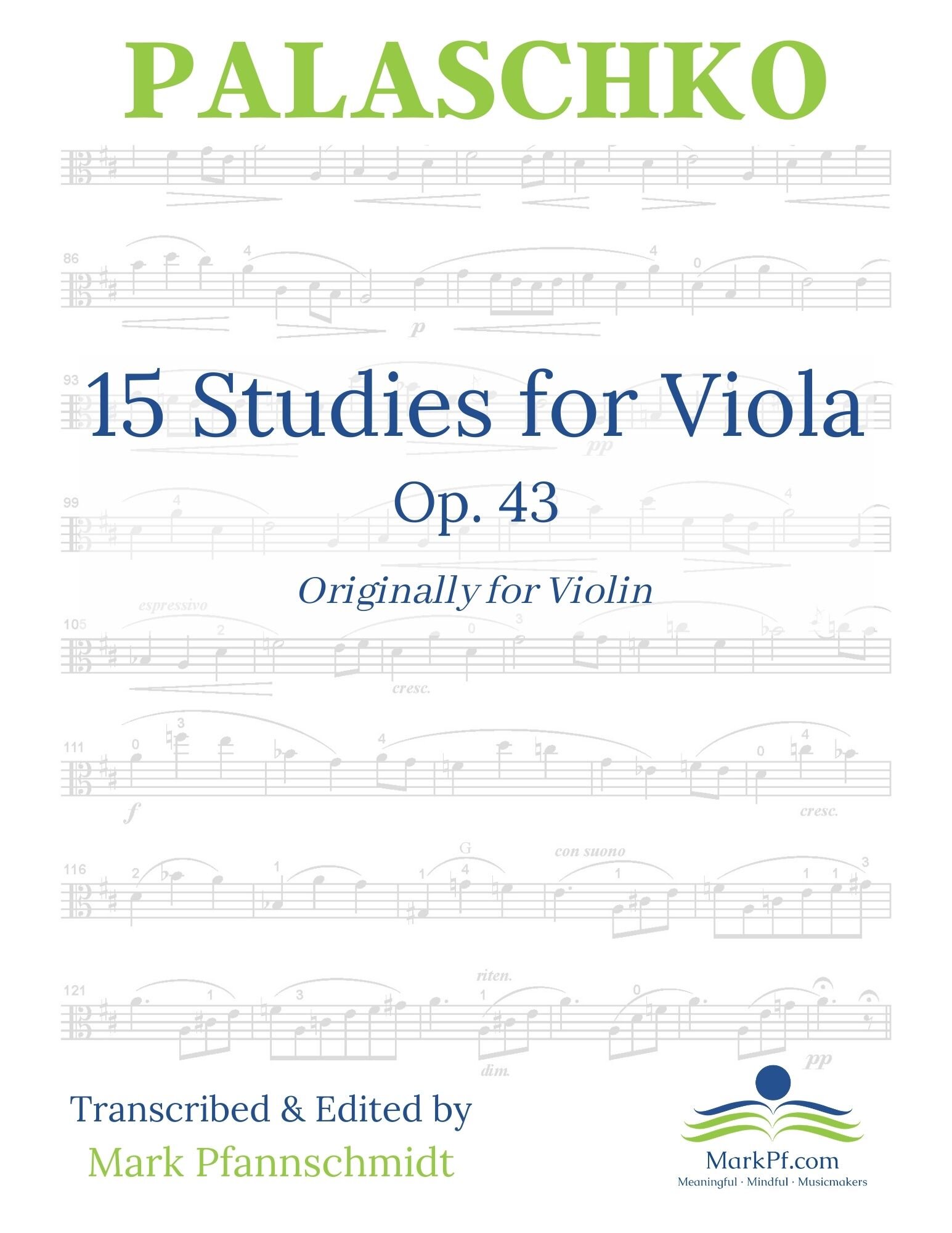Bratsche Bundles I and II-
This Bratsche Bundle deal ended June 7th. Join the mailing list to learn about other offerings as they come online!
What’s a Bratsche Bundle?
The Bratsche Bundles I and II are curated sampler packs of viola duets (and a few etudes) to keep you entertained and inspired. Bundle I contains materials for the intermediate level, and Bundle II contains materials for the professional level.
Enjoy the benefits of:
Discovering new contemporary composers and arrangers.
Finding fresh approaches to standard repertoire.
Finding new etudes to inspire and prepare your students.
Saving 40% when buying these works together as a bundle.
Supporting your students musically by easily accompanying them in their lessons.
The joy of collaboration!
Buy a bundle, and receive a coupon for 15% off all Viola Concerto Duets and Bach Arrangements (coupon in the digital download of the Bundles.)
Each bundle is in PDF format and contains approximately one hundred pages of sheet music.
What’s included in Each Bratsche Bundle?
Contents: Bundle I (intermediate level)
Michael Kimber: Suite in Baroque Style, for two violas. This suite, structured like a Bach Cello Suite, is a great way to introduce the baroque suite to your students. It is the perfect bridge to a student’s first Bach Cello Suite. (score form)
Vivaldi, Concerto in D minor, movement 1, Allegro. Arranged for two violas by Molly Sharp. Accompany your students with this viola duet version and transcription of Vivaldi’s Concerto in A minor, originally for violin. (score form, plus separate Viola 2 part, for ease of page turns for performing. )
Bach, Bourrée I & II, from Suite No. 3 in C major, for 2 violas. This is a viola transcription by Philippe Chao of Anthony Arnone’s arrangement of the Bach Cello Suites for two cellos. Anthony created a basso continuo line to support students harmonically and rhythmically as they learn the cello suites. (score form)
Marcello, Sonata in G major, arranged for two violas by Molly Sharp. This four movement work is also found in Suzuki Book #5. Accompanying your student helps them match style and articulations, keep a steady pulse, improve their intonation, and allows you to perform in places that have no piano. (Score form.)
Jorge Variego: Mi caramelo and Riffin’, from 18+3 etudes for solo viola.. Mi caramelo focuses on lyricism, vibrato, string crossings, shifting, and artificial harmonics. Riffin’s challenges include articulations, transitions, string crossings, rhythm, sul-ponticello, mixed meter, and Bartok pizzicato. The entire book is available at VlaTutti.com.
Kreutzer, etudes 1-12. arr. for two violas by Adolf Grünwald. Grünwald created an accompanying line to the infamous Kreutzer 42 Studies. This bundle includes a viola transcription by Philippe Chao of the first 12 etudes. (score form)
Johannes Palaschko- Excerpts from Op. 51 and Op. 43 (etudes). Transcribed by Mark Pfannschmidt. Johannes Palaschko, violist, violinist, violin teacher, and composer, was born July 13, 1877 in Berlin, and studied violin with Joseph Joachim. He wrote a wide range of etudes for viola and violin, from elementary violin etudes in 1st position to concert etudes of great beauty (and difficulty) for both viola and violin. (3 etudes from Op. 51, 3 etudes from Op. 43, intermediate level.)
Trapala, for two violas by Sancho Engaño of the Absolute Zero Viola Quartet. 100% pizzicato and 100% fun! (score and parts included.)
Haydn Divertimento, for two violas, arranged by Sancho Engaño. A sweet duet in one movement. (score form)
Contents: Bundle II (Professional LEVEl)
David Rimelis: Cafe con leche, for two violas. Cafe con leche is the last movement of the four-movement duet “Cuban Delights”. Each movement is about a different type of Cuban food, and inspired by Cuban music. Listen to a sample here. (score and parts)
Lorento Golofeev: Tchaikovsky’s Waltz of the Flowers from “The Nutcracker” and La donna e mobile by Verdi, arranged for two violas. (score and parts) Videos of Tchaikovsky and Verdi.
Michael Kimber: Two Viola Duets; Jenna’s Duet and Lakeisha’s Duet. (score form)
Michael Kimber: Twentieth-Century Idioms for Violists. Twentieth-Century Idioms for Violists. A collection of short studies that offers students of upper intermediate level and above opportunities to become acquainted with some of the idioms composers have been using during the past century. These studies encompass pentatonic, octatonic, and whole-tone scales; mixed meter; irregular rhythms; quartal, secundal, and polychordal harmonies; and twelve-tone music, as well as instrumental techniques and compositional approaches not encountered in music before the 20th century.
Scott Slapin: Overture to Violacentrism (ca. 8 minutes). 'Violacentrism, the Opera' is a forty-five- to fifty-minute duo viola work with no singers and no band instruments detailing the story of Cremonus, God of the Viola and His gift of the Viola to mankind. What makes it an opera? Opera in Latin is the plural of Opus, which just means 'work'. Pre-Wagnerian operas are just that: an overture followed by a long series of works (often arias) with a finale at the end, and that is the exact form of this opera. However, if you're looking for singing, you shouldn't be disappointed either; the viola was invented in imitation of the human voice, and many would argue that it's the closest musical instrument to it. (score and parts)
Scott Slapin: Andante, for two violas. Andante is the second movement of the fairly short three-movement Sonata in C. The sonata lasts about ten minutes and is in pretty standard in form with an unexpected fugue to close out the third movement. (score and parts) Find the video here. (Andante starts at 4:53)
Schubert: Arpeggione, 2nd movement, Adagio, arranged for two violas by Molly Sharp. These Viola Concerto Duet arrangements were born out of necessity. For most students, access to a pianist is limited and usually occurs in the last stages of learning a piece. I wanted a way for my students to have a more complete experience of the concerto earlier in the process. Video sample here.
Jorge Variego: Vop, from 18+3 etudes for solo viola. The first 18 etudes in the book are roughly ordered with an increasing level of difficulty, always having in mind a violist of intermediate level. The etudes labeled with a “+” present some more advanced challenges. Vop, part of the more advanced "+3” etudes, include the challenges of non-diatonic hand shapes, chromaticism, rhythm, and string crossings. (Hear more about 18+3 from Jorge.) Available at VlaTutti.com









